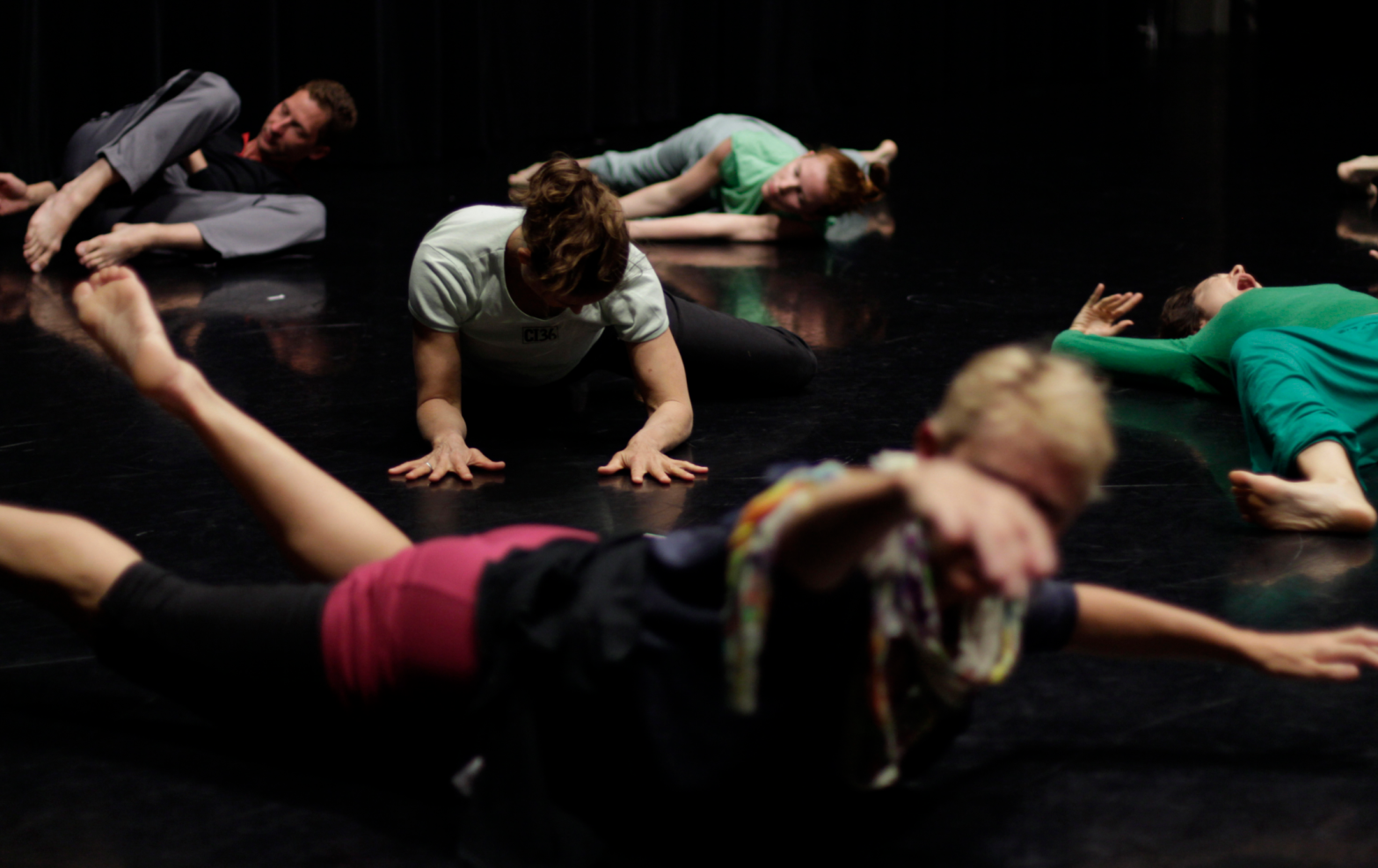Somatic Education
This is an approach that aims to "embody" : to pass through an alive integration that through differents experiences permits to educate (= to let come out) the deeper natural knowledge available in our-selves. Somatic education awakes all the differents intelligences we're made of, emphasizing bodily awareness, sensory perception, and movement.
Somatic education allows individuals of all ages to explore and understand their bodies in a holistic way, integrating the physical, emotional, and mental aspects of bodily experience. It encourages a deep understanding of oneself, promotes relaxation, and can contribute to improving physical and mental health.
The benefits of this practice are numerous.
By participating, individuals can:
- Enhance bodily awareness: by developing a deeper understanding of how their body moves and interacts with the environment.
- Reduce stress and promote relaxation: by focusing on physical sensations and learning to release muscular tension.
- Strengthen self-confidence: by gaining a better understanding of their body and its capabilities, participants build confidence in their physical and mental abilities.
- Promote flexibility and mobility: by regularly engaging in sensory and physical awakening exercises, individuals can improve their flexibility and agility.
- Cultivate presence and mindfulness: by focusing on present sensations in the body, participants learn to be more present and aware in their daily lives.
By engaging in somatic education, individuals are encouraged to explore new dimensions of themselves, improving overall quality of life by fostering relaxation, flexibility, and self-confidence. By integrating somatic education into their routine, individuals can not only improve their physical health but also develop essential skills for managing stress, enhancing concentration, and promoting a balanced lifestyle.

Somatic Education Sessions
Somatic education sessions take place in groups or individually, in the form of one-time workshops or on an ongoing basis. Participants can be standing, sitting, lying on the floor, or on a futon. Sessions are conducted in a warm and calm atmosphere, free from judgment and competition. Movements are guided through movement, touch, voice, breath, somatization, imagination, and more.

Learning at Any Age
Somatic education is based on one of the human's earliest forms of learning, namely sensorimotor learning. Through the development of their movement repertoire, individuals, regardless of age or condition, can rediscover and/or continue their sensorimotor learning.

Presence of Somatic Education
In individual or group sessions:
- In the field of health, well-being, and prevention.
- In arts schools, in dance, theater, and music.
- In sports environments.
- In businesses.
Frequently Asked Questions
Somatic education stands out for its holistic approach to the individual, considering the interdependence of bodily, mental, and emotional dimensions. It focuses on learning awareness of the body in motion in space, integrating sensory, motor, cognitive, and emotional experiments.
Somatic education allows participants to develop bodily awareness, thereby improving their connection with themselves and their environment. This approach also promotes relaxation, self-confidence, and can be adapted to any age and physical condition.
Somatic education aims to promote sensorimotor learning, bodily awareness, and communication through movement and touch. Sessions take place in a warm and non-judgmental environment, encouraging participants to explore their physical and emotional capabilities.
Recent scientific studies on brain plasticity confirm the importance of bodily awareness for learning and action. While more research is needed, the principles of brain plasticity and the importance of perception align with the foundations of somatic education.
Somatic education finds its place in various fields such as health, well-being, prevention, arts, sports, and business. It complements traditional approaches by promoting awareness of the body and encouraging sensory and motor exploration techniques.
Somatic education can be beneficial for a wide audience, including dancers, yoga practitioners, psychosomatic therapists, and those working in child development. Expected outcomes include increased bodily awareness, improved emotional expression, and greater integration of movement and perception.
Dance practitioners, yoga instructors, psychosomatic therapists, and child development experts may recommend somatic education as a complement to their own approaches. It enhances treatments by fostering a deeper awareness of the body and mind, potentially improving the effectiveness of existing therapies and treatments.
Somatic education can be applied in various contexts such as stress management, physical rehabilitation, and injury prevention. It promotes relaxation, bodily awareness, and better coordination, contributing to improved physical and mental resilience.
Recent developments in somatic education focus on integrating new techniques from neuroscience and psychology to deepen the understanding of the mind-body relationship. These advances could lead to more personalized and effective approaches to long-term health and well-being.
Testimonials from participants highlight increased bodily awareness, better stress management, and improved quality of daily life. Practitioners emphasize the impact of somatic education on bodily and emotional communication, strengthening interpersonal relationships, and enhancing overall mental health.
Warning: In the event of illness or discomfort, you should first consult a doctor or health professional who is able to make a diagnosis and suggest the appropriate treatment. This site provides general information on unconventional medicine, and is not intended to provide personalised advice or consultation. The practitioners featured on this site are not doctors and in no way replace the role of your doctor. By using this site, you acknowledge that it does not propose to diagnose or treat any illness. Results are not guaranteed and depend on a number of factors, in particular the individual and the context.